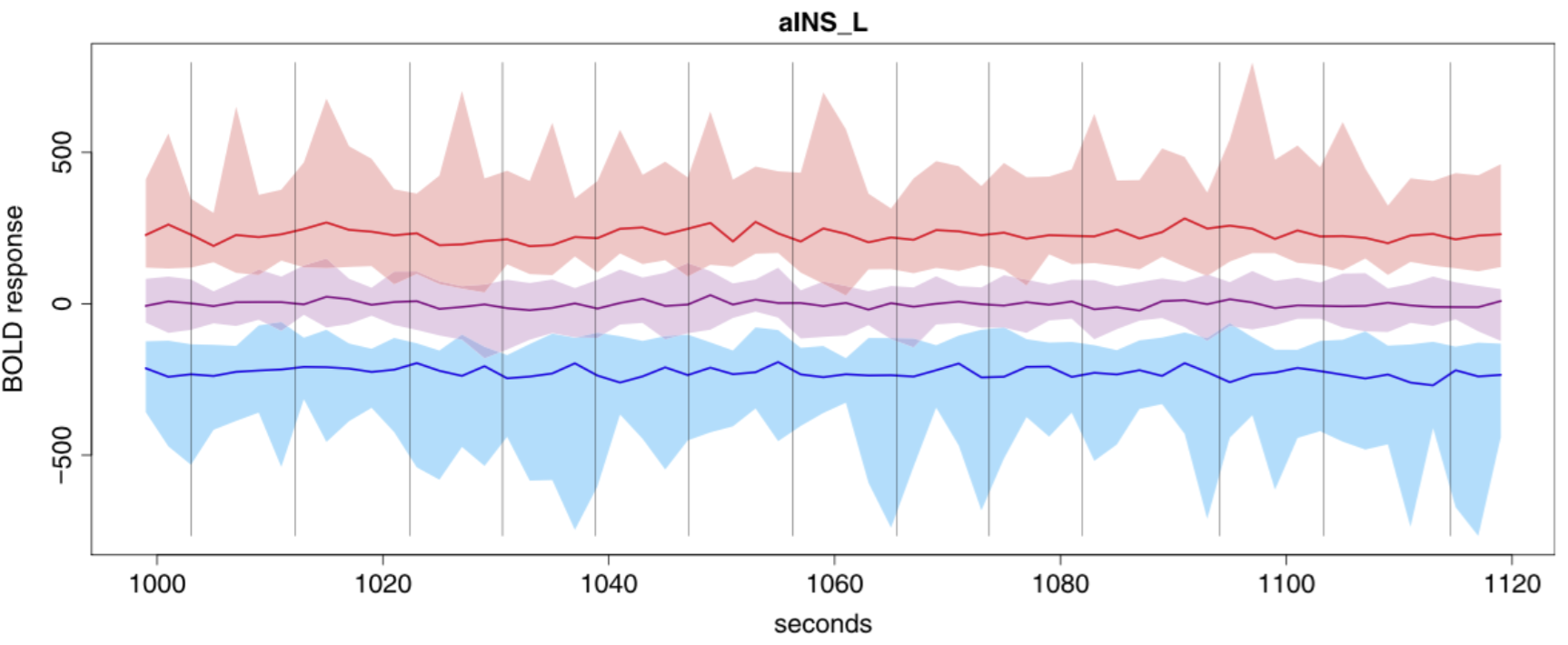Brain and lung image data analysis
Medical imaging is indispensable in modern medical practice and in various scientific domains, e.g. economic research. In Chat et al. (2018), I proposed expectile factor models for the BOLD intensities of multiple subjects in order to jointly study their risk attitude toward tasks such as selecting between two risky investments. Expectile – a descriptive statistics for the tail of distribution – is kwown to be more sensitive to the extreme movement, and is suitable for capturing a sharp change in BOLD. I developed a nuclear norm penalized method for estimating conditional expectile that encourage a lower number of factors, so that we can use only the first and the second factor to make inference.

An exciting future direction is to quantify the segmentaiton uncertainty on lung MRI with large heterogeneity. MRI with high heterogeneity creates a great challenge for usual segmentation algorithms, because they typically relies heavily on the signal intensities and its patterns to make inference. For example, an algorithm may be uncertain about the regions where the signal intensity is low. I plan to use and/or propose machine learning methods to quantify the uncertainty, particularly for segmentation. Our research output is expected to promote and enhance the clinical use of lung MRI. The methods we develop can be applied to other problems beyond segmentation including MRI reconstruction from $k$-space, denoising etc. 
